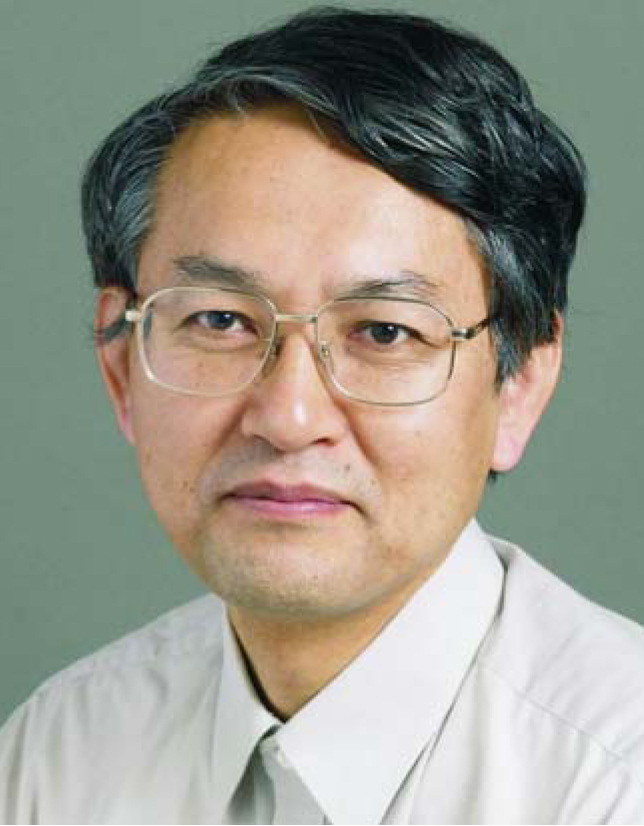Shuichi Nosé
DOI: 10.1063/1.2186290
Shuichi Nosé, distinguished for his unique contribution to statistical physics—the Nosé thermostat—passed away on 17 August 2005 in Yokohama, Japan, following a year of medical treatment for cancer.
Nosé was born in Kyotango City in Japan’s Kyoto prefecture on 17 June 1951. He received his undergraduate degree in chemistry from Kyoto University in 1974 and graduated from the Kyoto University Graduate School of Science in 1979. He obtained his DSc degree from Kyoto University in 1981 under the guidance of Tsunenobu Yamamoto. At that time, Yamamoto and his group were interested in rotational tunneling and nuclear spin-conversion in solid methane. For his thesis, Nosé used molecular simulation to study the classical model, originally proposed by Hubert James and Thomas Keenan, for solid methane’s phase transitions. An account of that work, “A Monte Carlo study of phase transitions in a fcc octupolar array,” was published in 1981 in the Journal of Chemical Physics. Subsequently, Nosé collaborated with Yoshiaki Ozaki, Kazuo Maki, and Yosuke Kataoka to explain the recently measured inelastic neutron scattering spectrum of methane on graphite.
After receiving his DSc, Nosé moved to Canada, where he was briefly a research associate in the Institute for Material Research at McMaster University in Hamilton, Ontario. He then moved to Ottawa, where from 1981 to 1983 he was a Natural Sciences and Engineering Research Council fellow in the chemistry division of National Research Council Canada (NRCC) and then until 1984 a research associate at NRCC. His three years in Canada were remarkably productive, and he wrote a number of highly original and muchcited works. In particular, he contributed methodological extensions of the Anderson-Parrinello-Rahman molecular-dynamics schemes that enabled computer simulations of structural phase transitions in molecular crystals.
While still at NRCC, he produced the truly unique contribution to the field of computer simulation: the Nosé thermostat. Two articles on this topic were submitted in 1983 and appeared the following year, somewhat delayed by referees who had difficulty accepting the new and highly original formulation. The articles—“A unified formulation of the constant temperature molecular-dynamics methods,” in the Journal of Chemical Physics , and “A molecular-dynamics method for simulations in the canonical ensemble,” in Molecular Physics —remain key pedagogical texts, and their importance cannot be overemphasized. They spawned new applications and encouraged generalizations by the computational science community.
In April 1984, following a call from Ryogo Kubo, Nosé returned to Japan as a research assistant in the department of physics at Keio University. Initially, Nosé became interested in melting and crystallization and published a highly cited article on the topic in 1986. In 1988 he became a lecturer, in 1989 an associate professor, and in 2003 a professor. Nosé published a frequently quoted review article on constant-temperature molecular-dynamics methods in 1989. For his influential work on the constant-temperature method, he was honored in 1989 with the IBM Science Prize. During the 1990s Nosé carried out research on colloidal systems and was particularly interested in the Car–Parrinello methodology for ab initio molecular dynamics.
Nosé was a rare and remarkable individual. He was an immensely gifted scientist who loved his family greatly. His highly original and creative work has had an immense impact on the fields of computational science and statistical physics. We cherish the memory of the years we worked with him and are saddened by his passing.

HIROYUKI HYUGA

More about the Authors
Yosuke Kataoka. 1 Hosei University, Tokyo, Japan .
Michael L. Klein. 2 University of Pennsylvania, Philadelphia, US .




